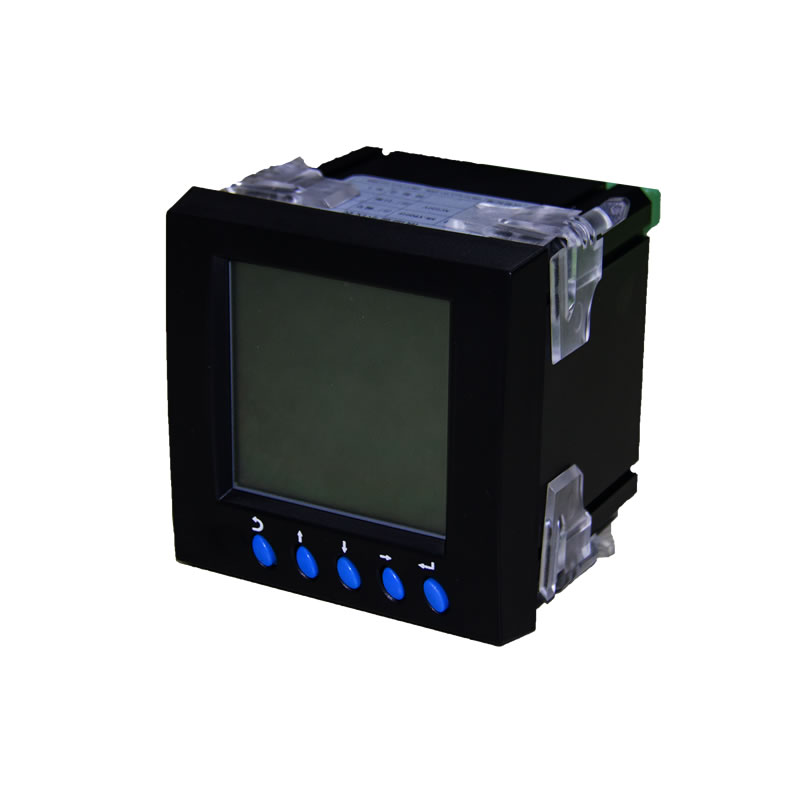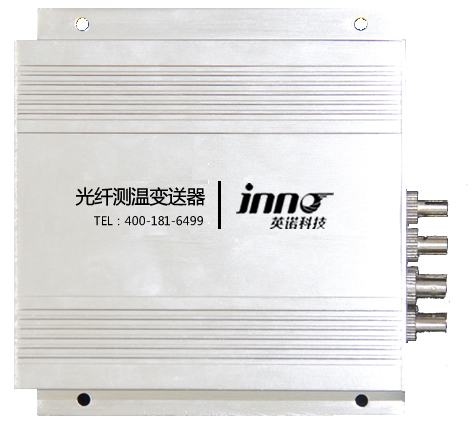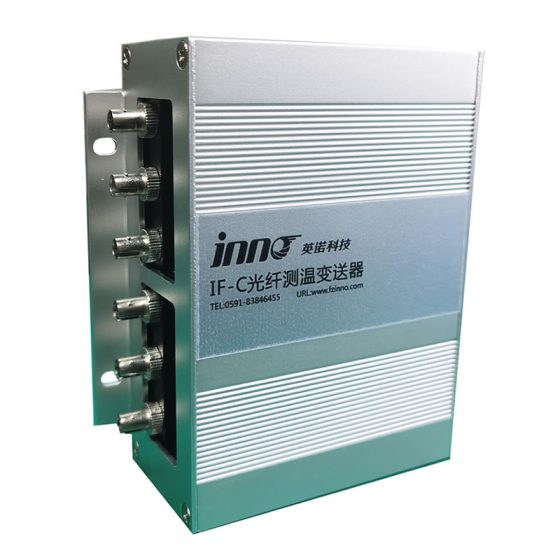Introduction to Microwave Electromagnetic Fluorescence Fiber Temperature Measurement System
Microwave belongs to ultra-high frequency electromagnetic waves, which have strong electromagnetic fields. ʻI he taimi ʻoku fakaʻaongaʻi ai e mafana ʻo e ʻea (hange ko e thermocouples, thermal resistors, mo e ala meʻa pehē.) ke fakafuofuaʻi e māfana ʻo e ʻeá, metal temperature probes and wires produce induced currents under the high-frequency electromagnetic field. Due to skin effect and eddy current effect, their own temperature rises, causing serious interference to temperature measurement, resulting in significant errors in temperature readings or unstable temperature measurement. Ko ia, the fluorescence fiber temperature measurement system independently developed by Fuzhou INNO is a non-interference temperature sensor in the microwave field. ʻOku fakaʻaongaʻi ʻe he microwave filo optic e ʻea ʻa e ngaahi ʻulungaanga ʻo e filo optic fluorescence e fua ʻo e ʻea, ʻa ia ʻoku hao mei he electromagnetic ʻo e ngaahi ngoueʻanga, ke fakafuofuaʻi totonu ʻa e mafana ʻo e meʻa ke fakamafanaʻi ʻi he microwave ʻAna ʻi ultra-maʻolunga, feituʻu electromagnetic malohi, mo e ngaahi ʻatakai ʻoku kaunoa ai; Pea naʻe aʻusia ʻa e fua totonu ʻo e ʻea ʻi he fekumi ʻo e mafana maama tiupi sensor resistance. The fiber optic temperature measurement system is suitable for integrating single channel or multi-channel temperature measurement, and the fluorescent fiber optic temperature measurement device is particularly suitable for precise temperature measurement under environmental interference such as thermal therapy, electromagnetic, high-frequency, and microwave.
The fiber optic probe consists of three parts: ST connector, fiber optic cable, and end temperature sensing end. The ST connector is the connection part with the photoelectric module; Fiber optic cable is the transmission part, with quartz fiber inside. The quartz fiber has a coating and cladding on the outside, and a Teflon protective sleeve on the outermost part; The end temperature sensing end contains temperature sensing rare earth materials, which are used to generate optical signals containing temperature information; The optical fiber is resistant to high temperatures of 200 ℃ and has an outer diameter of 3mm. Long term bending radius of 13.2cm. Short term bending radius of 4.4cm. When the distance between the fiber optic lead and the ground is 0.4m, it can withstand a power frequency voltage of 100KV for a duration of 5 minutes.
Characteristics of Fluorescent Fiber Temperature Sensor for Microwave Electromagnetic Interference Environment
ʻOku malu ʻa e filo optic e ʻea, matuʻuaki e electromagnetic malohi, maʻu ha ʻaofi maluʻi mei ʻuhila lelei, ngaue ʻi he fale tauhiʻanga ʻo e, corrosion fakafepaki, mo e moʻui ngaue tokoni fuoloa; ʻOku tonu e fua ʻo e ʻea maʻolunga, fua lahi ʻo e ʻea, mo e fokotuʻutuʻu feliliuaki ʻo e ngaahi founga fua ʻo e ʻea; Fola faingofua, kulupu fengāueʻaki ʻoku ala fulifulihi holo, feʻaveʻaki ʻo e fakamatala, ola lelei ʻo e totongi maʻolunga, mo e tuʻunga lelei ʻo e fale; Ko e koloa ʻoku fie maʻu ki hono vakaiʻi ʻo e mafana ʻo e ʻea mo e meʻangaue microwave.

Fluorescent fiber optic temperature measurement belongs to the contact type temperature measurement method. This device achieves temperature measurement based on the length of fluorescence afterglow lifetime. The fluorescent substance applied to the remote temperature measuring end will emit corresponding fluorescence energy when stimulated by specific wavelengths of light. After removing the excitation of specific wavelengths of light, the fluorescence afterglow begins to decay. The duration of fluorescence afterglow depends on the temperature of the fluorescent substance located on the temperature measuring probe, that is, the temperature of the substance to be measured. The selection of specific wavelength light excitation is matched with the selected fluorescent substance, and the most effective excitation wavelength of different fluorescent substances is different. When choosing, it is important to focus on selecting the light wavelength that is most suitable for exciting fluorescent substances. The attenuation curve of fluorescent substances excited by light is usually in a single exponential form.
Practical Application Cases of Fiber Optic Temperature Measurement System in Microwave Electromagnetic Environment
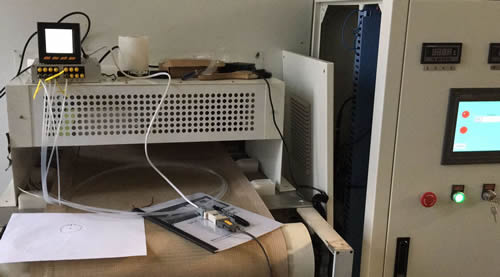 |
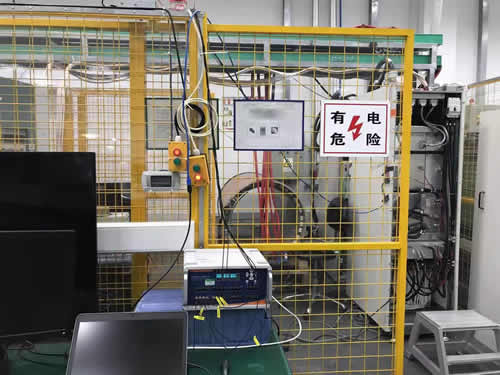 |
 |
 ʻIkai ha kalava optic e mafana ʻo e ʻea ,founga vakaiʻi ʻo e māfana ʻo e ʻeá.
ʻIkai ha kalava optic e mafana ʻo e ʻea ,founga vakaiʻi ʻo e māfana ʻo e ʻeá.
